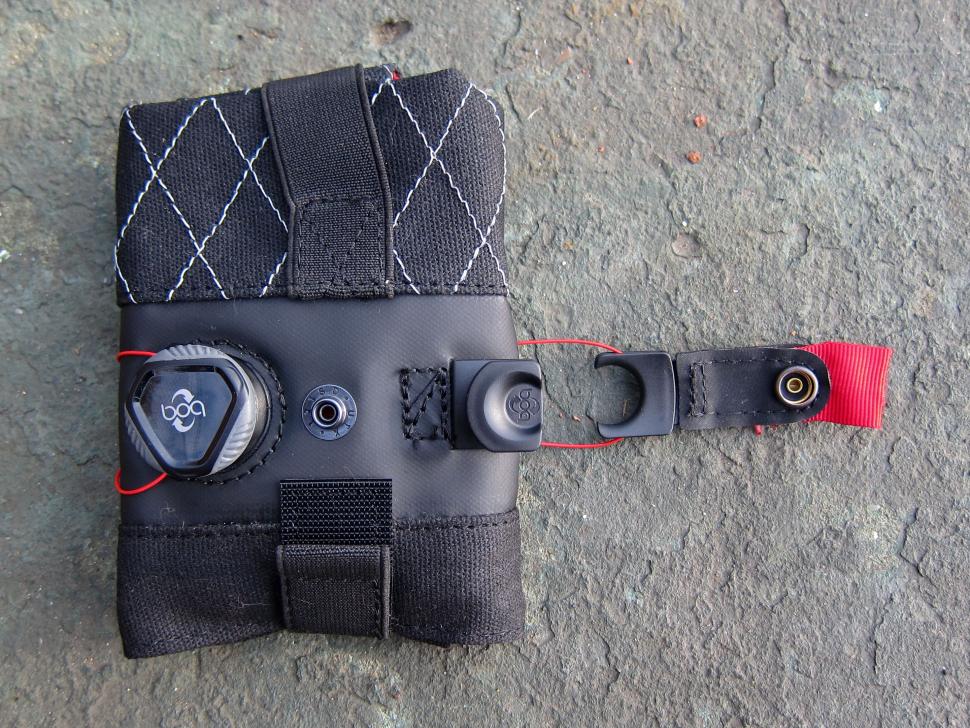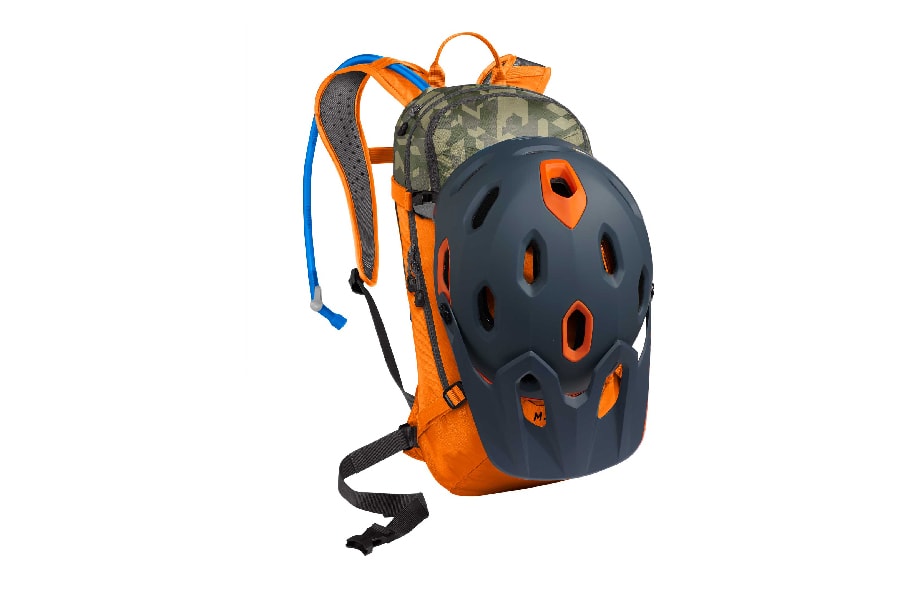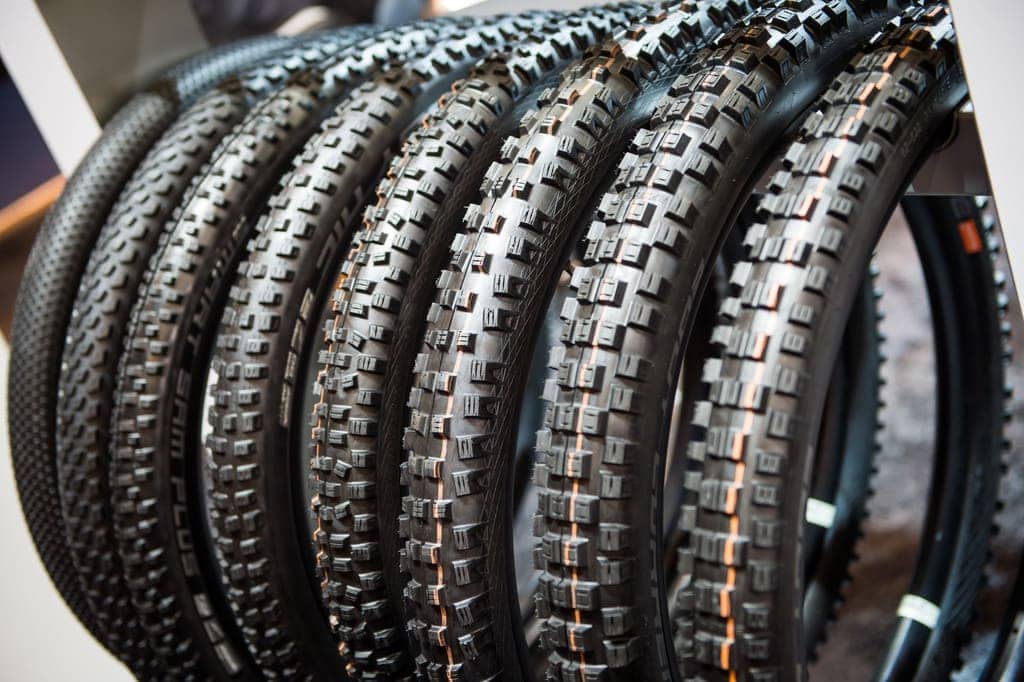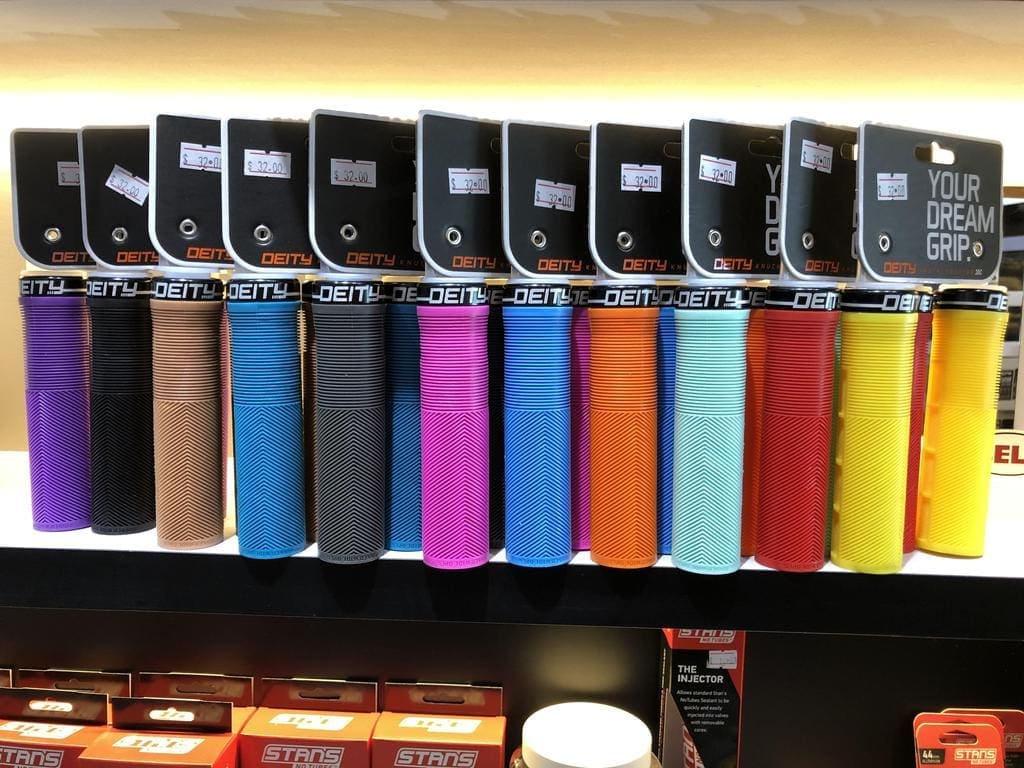Best of Things, Components, Mountain-Bikes -
The 8 Best Mountain Bike Saddles in 2020
You’re thinking of getting a new mountain bike saddle because the current one is either not suitable, or you’re looking to upgrade.
But the main question is,
How do you find the right saddle that is going to be comfortable?
Buying a saddle is all down to personal preference, and more importantly, comfort.
There are many factors involved, which I’ve covered in detail in the mountain bike saddles buyer’s guide sections below. I’ve also covered the important characteristics that you should care about and know about before buying.
But if you’re short on time and want to know the best mountain bike saddles out there, you’re in good hands.
MTB Saddles Buying Guide
Before making a purchase, it’s important to understand how a saddle’s construction affects your fit, comfort, and performance on the mountain bike.
Shape, design, padding, durability, and materials are critical factors for evaluating a new saddle.
Let’s take a deeper look at each of the mountain bike saddle’s features.
1. Saddle Shape
There are several things to consider regarding shape and fit when looking for a new saddle for your mountain bike.
Let’s take a look at how the saddle’s width, length, and shape.
Saddle Width
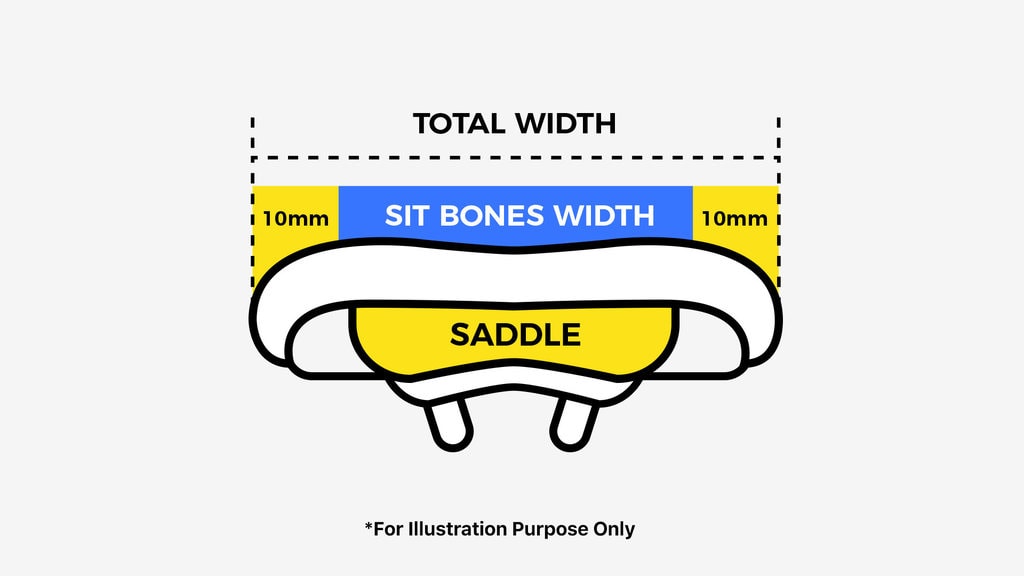
The width determines how the saddle fits with your body, specifically your rear end. Saddle widths for mountain bikes are generally narrower than road bikes to allow for movement around the seat while navigating technical terrain.
Geek Tip : Choose the width of a mountain bike seat based on the width of your sit bones.
The best way to figure this out is to head to your local bike shop.
Don’t worry. The process is not invasive.
This is an important step not to skip as seat width can vary pretty dramatically. For example, WTB’s mountain bike saddles range in width from 126mm all the way up to 179mm.
Saddle Length
Length is about personal preference and comfort.
A longer saddle, such as the Fizik Tundra M1, which is 287mm long, allows for more position options. Sitting on the rear of the seat allows for more leverage for climbing. While sitting toward the front maximizes power transfer.
Of course, a longer saddle can also hinder a mountain bike as it can get in the way when you want to come off the seat for climbing or maneuvering through technical singletrack.
This is also where a shorter saddle like the Bontrager Montrose Elite, 270mm long, comes in handy.
Saddle Shape
When it comes to shape, you have 2 basic options with a mountain bike :
- Flared wings
- Dropped wings
A flared wings saddle, such as the Selle Italia Flite Flow, spreads out the saddle to create a larger sit platform, while saddles with dropped wings, such as the ErgonSMA-3 Comp, creates a narrower profile for a seat that’s less obtrusive.
2. Center Cutout
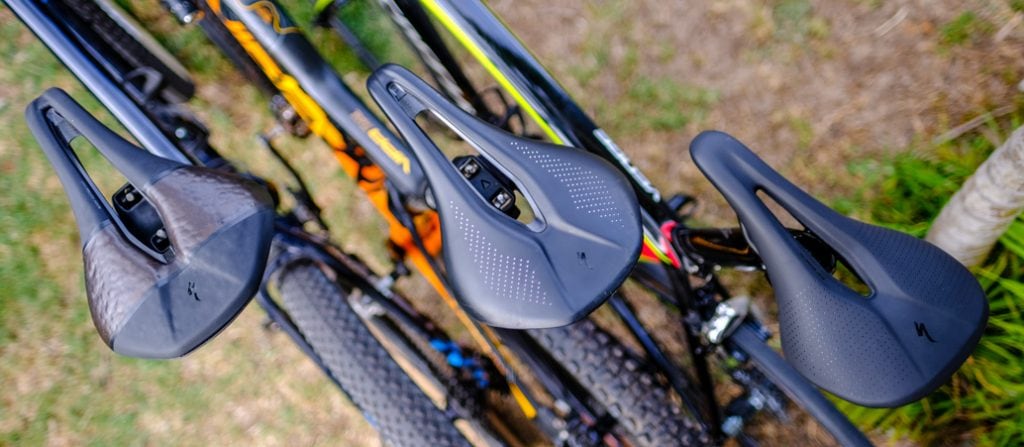
If you’ve done enough cycling, you’ve noticed the distinct difference between saddles that have a center cutout and those that don’t.
A center cut out means that a saddle includes a gap that runs a specified length down the center.
What is the point of this fissure in the saddle?
The idea is that by having a cutout, the pressure is relieved on the sensitive perineum, which is home to many blood vessels and nerves. Whether one prefers a center cutout or not is entirely subjective.
Some riders experience great relief from saddles with a large cutout, such as the Specialized Phenom Comp. In contrast, others prefer a less pronounced indentation, like the Bontrager Montrose Elite, a smooth top saddle, such as the Fizik Tundra M1.
This is really only something you can determine by trying these options to see how they feel.
3. Saddle Rails Material
The rails serve as the points of connection from the saddle to the bike. There are typically 2 rails on a saddle running from nose to tail. The saddle attaches to the seat post by clamping to these rails.
These rails are made out of can affect the saddle’s cost, weight, flexibility, stiffness, and overall strength. There are 3 common types of saddle rails material used.
- Carbon. This is the lightest and stiffest of the saddle rail options. It’s also by far the most expensive. For this reason, you’ll typically only find carbon rails on high-end mountain bike saddles.
- Titanium. Titanium has the excellent combination of being very light and strong. It also has excellent vibration dampening qualities.
- Alloy. Chromoly is an alloy of steel that gets its name from the alloy elements it is composed of. Chromoly is stronger than steel, allowing the rails to be hollow and therefore lighter. It’s the least expensive option of rail materials.
4. Padding Levels
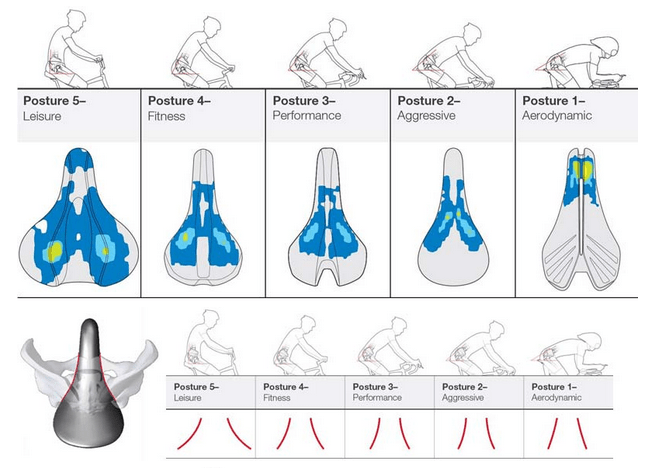
You’ll find varying levels of padding for mountain bike saddles.
Due to the nature of mountain biking, which involves off-road riding over rough terrain, a good amount of padding can go a long way toward saving your posterior.
That said, too much padding can add unnecessary weight and bulk to your saddle, making it a hindrance when you’re maneuvering the bike through tricky twists and turns.
When shopping for a saddle, pay attention to its padding level, which will typically be classified as low, medium, or high.
Some manufacturers have their own system of classification. Bontrager, for example, divides its saddles into 5 categories it calls postures.
5. Durability
This is especially important for mountain bikes, given the amount of abuse every part of a mountain bike generally receives. Most mounting biking saddles offer extra protection in the seat cover with such materials as kevlar.
Many mountain bike saddles, including the Specialized Phenom Comp, are also reinforced in the wings to prevent the seat from becoming damaged during crashes.
Fizik Tundra M1
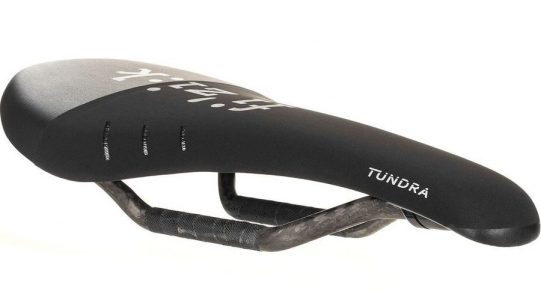
One look at this saddle, and you understand why it’s Fizik’s top of the line XC saddle.
The Fizik Tundra M1 uses a slim profile, minimal padding, and lightweight shell and rails to achieve a weight of just 169g. Fizik also uses carbon in both the shell and the rails to shave precious grams.
At just 125mm wide, there isn’t a whole heck of a lot to this seat, to begin with. The Tundra is noticeably long at 290mm. The length facilitates a multitude of different racing positions for maximum power transfer.
Sensitive riders beware. There’s no cutout or recessed channel to be found with this seat. It features a completely smooth flat top.
Bontrager Montrose Elite
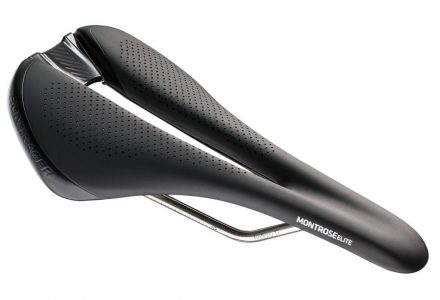
As the name suggests, this is Bontrager’s top of the line mountain bike saddle.
The Bontrager Montrose Elite ranks as a Posture 2 position in Trek’s 5-level saddle shape rating system. Posture 1 is Trek’s most aggressive saddle position, used for TT road bikes. Posture 2 is the next step up and is designed for aggressive racing position on mountain bikes.
This saddle provides stability at the nose and better pressure support throughout the saddle. The saddle is nearly flat for easy position shifts and features a large cutout for comfort.
A carbon-reinforced shell and hollow titanium rails keep the saddle’s overall weight down. It weighs in at 220g.
Selle Italia Flite Flow
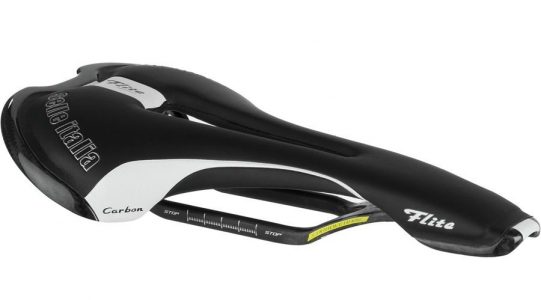
Lightweight and ergonomically designed with a wider seat for comfort, the Selle Italia Flite Flow is designed for comfort in mind.
It features a nylon shell that is carbon-reinforced for stiffness. The cover is made of Lorica, a durable and abrasion-resistant to resist friction from your shorts while riding. A large cutout reduces pressure on the perineum while minimal padding keeps the saddle light.
Hollow titanium alloy rails help keep the overall weight down, weighing just 210g.
With a width of 145mm and a length of 275mm, this saddle provides just enough width to provide an adequate perch and just enough length to support various riding positions on your mountain bike.
Specialized Phenom Comp
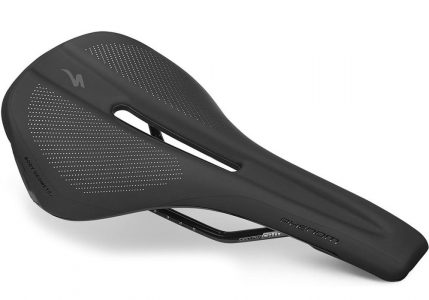
Specialized’s Phenom Comp offers a nice compromise between weight savings, strength, and comfort. The shell is carbon-reinforced with Chromoly rails for added strength.
Padding is the medium density for comfort with a long center cutout to ease your tender areas’ pressure. Dropped wings prevent loose shorts from getting caught on the seat. Dropped wings provide support while keeping the seat out of your way when navigating technical terrain.
The Phenom Comp comes in at the middle of its class in weight at 254g for the 143mm version and 260g for the 155mm version. At 265mm, the Phenom Comp provides a little added length facilitating a greater variety of different mountain bike riding positions.
Ergon Comp
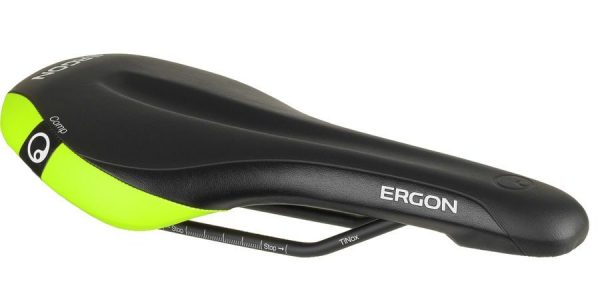
The Ergon Comp realizes that performance doesn’t have to compromise comfort totally. A saddle needs to be large enough to support you.
At 145mm wide for the medium size, that’s what the SMA-3 Comp does.
It also does have performance in mind with this saddle. That’s apparent in its flat profile and 285mm length, which facilitates a wide range of riding positions to suit the terrain.
And while this isn’t one of the lightest of saddles, Ergon finds ways to cut weight. Thin padding and titanium rails keep this seat relatively light at 237g.
WTB Pure Race
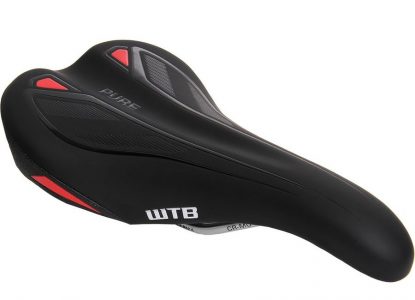
At nearly 300g, the WTB Pure Race may not win over any weight weenies, but its contoured shape and lush padding will lure those mountain bikers interested in comfort. And its price can’t be beaten too.
The WTB Pure Race has a distinctive shape, which the company aptly describes as whale tale. The seat features a drop nose for extra comfort, while the flared rear keeps you in place.
A channel runs the length of the seat to take the pressure off sensitive areas. This flowing contour may not maximize performance, but it does make for added stability and comfort for those who lean more toward recreational cross country riding and bike packing than racing.
Brooks Cambium C17
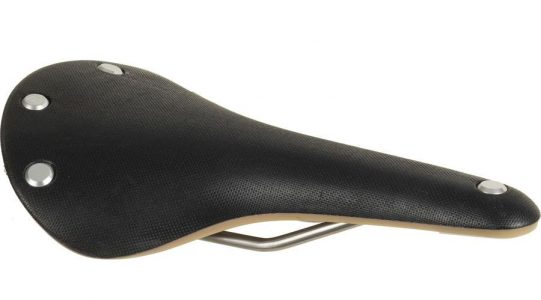
At first glance, the Brooks Cambium C17 looks like it’s missing a few things, namely padding and some cover. But, it’s not. This is just one of Brooks’ vulcanized rubber saddles.
And while it may look hard and unyielding, its flexible rubber construction actually makes it one of the most comfortable saddles on the market. Perhaps most importantly, Brooks classifies the Cambium as an all-weather mountain bike saddle.
This is certainly an advantage in a sport that often involves varying degrees of dirt, mud, and wet. This saddle is also flat, allowing you to quickly slide forward for climbs or push back for steep descents.
Its rubber construction and steel rails make this saddle one of the most durable you can buy and one of the heavier models at 415g.
Fabric Scoop Race Saddle
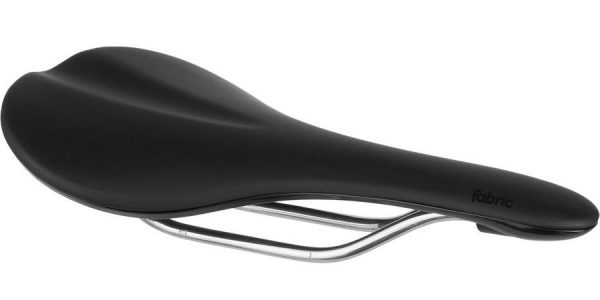
This lightweight mountain bike saddle from Fabric offers a shape, weight, and strength that should appeal to many mountain bikers.
The scoop shape keeps you rooted at the center of the saddle, providing stability as you plow through uneven terrain. A nylon shell provides plenty of flex for shock absorption, while titanium-alloy rails add plenty of strength while cutting weight.
Foam cushioning is thick enough to provide comfort over long off-road rides. It is finished off with a weather-proof microfiber cover. These features make the Scoop a versatile saddle that can handle recreational, trail rides, commutes, and races.
The fabric also makes this saddle in two other shapes – flat and radius.
Author Recommended Reads
John Philips
The post Best Mountain Bike Saddles : Top Picks and Reviews appeared first on The Geeky Cyclist.

